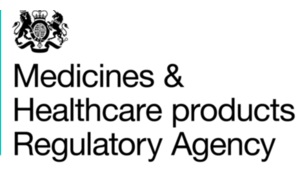We are increasingly being asked to send copies of consent forms to coordinating centres for central monitoring purposes. Does any one have any advice on whether this is acceptable? In some instances the REC application doesn't mention that this will be happening and neither does the monitoring plan.
Is it sufficient that the consent form says something along the lines of 'data collected during the study may be looked at by individuals from the research team, from regulatory authorities or from the NHS Trust, where it is relevant to my taking part in this research' or should the PIS specifically say that consent forms will be faxed to the coordinating centre?
Appreciate any advice - thank you




 Reply With Quote
Reply With Quote

